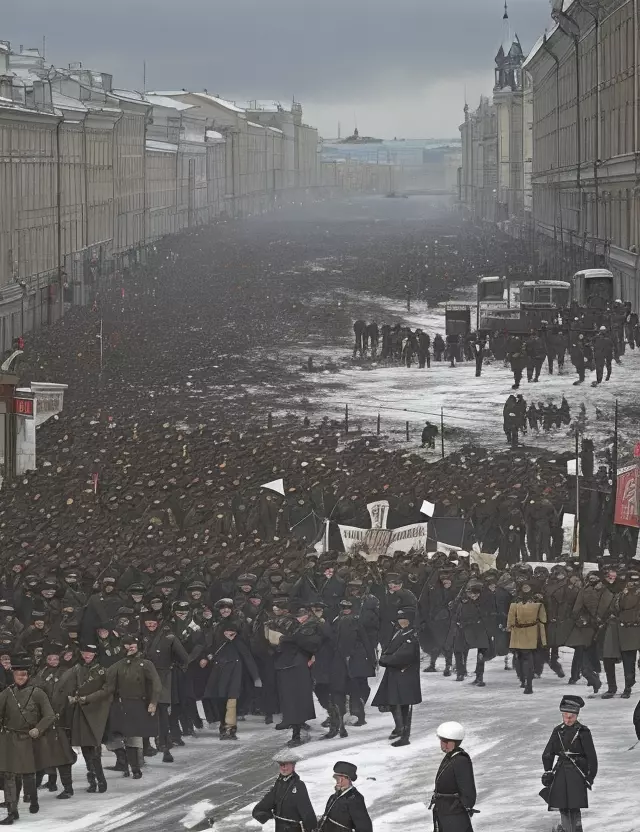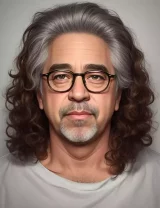Bloody Sunday in St. Petersburg
January 9, 1905

Bloody Sunday in St. Petersburg (1905-01-09)
On January 9, 1905, a tragic event known as "Bloody Sunday" unfolded in St. Petersburg, Russia, marking a turning point in the lead-up to the Russian Revolution of 1905.
Protest and Repression
Thousands of peaceful demonstrators, led by Father Georgy Gapon, marched to present a petition to Tsar Nicholas II, seeking better working conditions and political reforms. However, the authorities responded with violence.
Troops Open Fire
As the procession approached the Winter Palace, the Imperial Guard and other troops fired upon the unarmed crowd. The violent crackdown resulted in numerous casualties, with estimates varying widely.
Impact and Unrest
The massacre on Bloody Sunday fueled widespread discontent and catalyzed a series of strikes, uprisings, and political turmoil throughout Russia. It played a significant role in the larger context of the revolutionary wave that swept the country in 1905.
Legacy of Change
While Bloody Sunday did not immediately bring about the desired reforms, it set in motion a chain of events that ultimately contributed to political changes, including the issuance of the October Manifesto by Tsar Nicholas II in an attempt to appease public unrest.
Remembering the Sacrifice
As we reflect on January 9, 1905, we remember the sacrifices made by those who sought a more just and equitable society, and we acknowledge the historical impact of Bloody Sunday on the course of Russian history.



